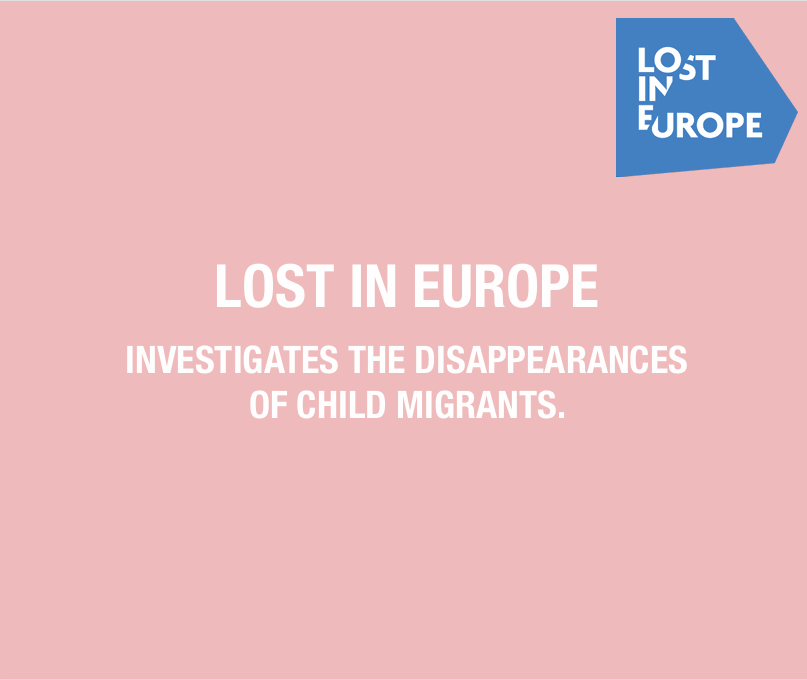But what are these "exotic" species, and how are they changing our seas? As explained by Paraskevi Karachle, Director of Research at the Institute of Marine Biological Resources and Inland Waters of the Hellenic Center for Marine Research (HCMR), "We call alien species those found in an area beyond their natural habitat due to human interventions. For example, a fish species that normally lives in the Indo-Pacific enters the Mediterranean through the Suez Canal."
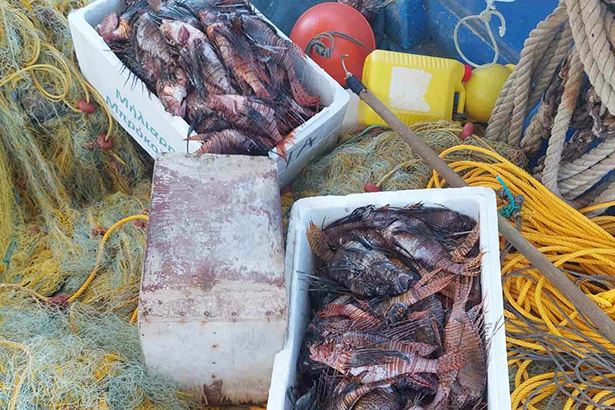
Some alien species have a unique dynamic and can cause problems to biodiversity, ecosystem services (e.g., fishing, tourism), and health. These species mobilize us more and are called invasive alien species, she adds.
At Least 260 Alien Species in Greek Seas
"In the Mediterranean, we have about 1,000 alien species, not all of which are invasive. In Greece, the first alien species was recorded in the first decade of the 1900s. Due to the proximity to the Suez Canal, Greece has more than 250 alien species, including plants, jellyfish, crabs, shrimp, and fish," notes P. Karachle.
The phenomenon is not new to scientists; however, in recent years, due to climate change and more intensive research, more are being recorded. The increase in temperature will change the ecosystem.
"The warmer the sea gets, the more we alter the ecosystem and 'pressure' it, the more we will find," she points out.
"The general picture is that all these changes accelerate with rising temperatures because thermophilic species find a very favorable environment, which generally changes the composition of the ecosystem. As I see it, things will have completely changed in 30 years. On Israel's coast, 85% of the quantities they fish are invasive species from the Suez Canal. I don't know if we will reach that percentage, but if you go to the Eastern Mediterranean, you can see that these species are slowly gaining an advantage," says George Tserpes, Director of Research at HCMR Crete.
22 Invasive Species in Greece
According to P. Karachle, in the framework of a research program for the preparation of the National List of Invasive Species with the University of Athens and in collaboration with HCMR, they identified 22 species as significant concerning the issues they cause in the marine environment.
"Some of these are the lionfish, the silver-cheeked toadfish, the marbled spinefoot, the spotted seabass, some crabs like the blue crab, the long-spined sea urchin, the Atlantic shrimp found in abundance in the Thermaikos Gulf and the Ionian Sea, and some plants."
The Threat of the Toxic Silver-cheeked toadfish and the Voracious Lionfish
The silver-cheeked toadfish is the most well-known as its detection in Greek waters raised alarms since 2005 because it contains a toxin, tetrodotoxin, which, if consumed in sufficient quantities, can be fatal. Additionally, it is a fish that comes into shallow waters, and there have been recorded cases of attacks on swimmers.
In a recent scientific publication, there have been 198 reports of attacks (28 incidents), poisonings (143 incidents), and deaths (28 cases) from the silver-cheeked toadfish across all Eastern Mediterranean countries, highlights P. Karachle.
At the same time, this species causes serious problems for fishermen as it destroys their equipment and eats commercially significant species, reducing their catches.
High on the list of threatening invaders, scientists also place the lionfish as it is characterized as a voracious predator, meaning it continuously eats in large quantities and has significant impacts on biodiversity, as already observed in the Caribbean.
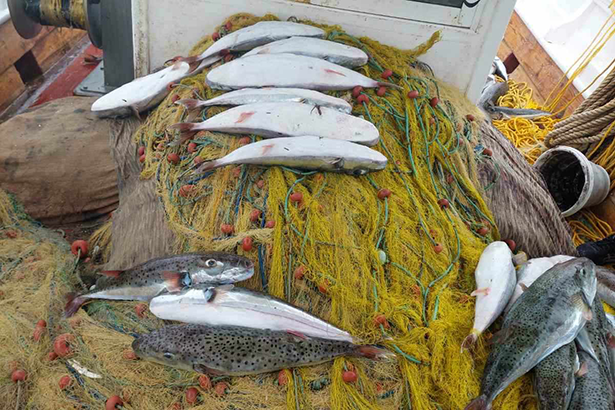
The Nightmare for Cretan Fishermen
Since 2018, Cretan fishermen have been living this threat firsthand. "Around 2018-2020, this torment with the silver-cheeked toadfish and lionfish started. The problem existed before but not as intensely. Every day the problem multiplies. There's no way to set a 'net suit' that costs 6,500-7,000 euros for ten nets and lift them in the morning without finding 50-60 holes," says Ioannis Androulakis, president of the professional fishermen's association of Heraklion prefecture, in Crete.
The presence of the silver-cheeked toadfish and lionfish, according to scientists, now causes significant problems in Crete and the Dodecanese, while fishermen on the eastern coasts of the Peloponnese and the southeastern Cyclades are gradually facing issues.
A recent HCMR study on the economic impacts on fishermen estimates that annual losses per fisherman reach 9,980 euros, considering lost working hours, additional costs for fishing gear, and marketable fish eaten by pufferfish.
This cost is unbearable for small-scale coastal fishing, forcing Cretan fishermen to seek solutions and measures from the Region and the ministry.
Since 2019, there have been a total of nine questions in Parliament from SYRIZA, PASOK, the KKE, and the Hellenic Solution, and a related question was also submitted to the European Parliament in 2019 by PASOK president Nikos Androulakis when he was an MEP.
However, seeking help from the State has not borne fruit, according to I. Androulakis. Despite meetings in the Region of Crete and a specific decision by the Region to support fishermen through measures such as exemption from circulation fees for boats, the Ministry of Agricultural Development and Food has not yet taken any measure to relieve fishermen, he notes.
The Region of Crete's decision has been sent to the ministry, and Mr. Avgenakis, as well as the previous minister, have done nothing so far, I. Androulakis complains, emphasizing that they seek compensation for equipment and loss of income caused by the presence of silver-cheeked toadfish.
"The fisherman is not being helped. They could give us incentives. Support us to create new tools, provide per piece compensation to encourage us to hunt them to reduce the population."
The State Studies the Phenomenon and Looks to the EU for solutions
At the State level, the Ministry of Environment and Energy published in the Government Gazette in June 2023 a decision approving the Action Plan for the Invasion Routes of Invasive Alien Species in Greece, which essentially just describes their spread.
In 2024, HCMR is expected to submit a proposed action plan for the silver-cheeked toadfish to the Natural Environment and Climate Change Organization (NECCA), according to P. Karachle.
However, so far, as evidenced by the most recent response in Parliament by the previous Deputy Minister of Agricultural Development Stavros Keletsis last September to a question from PASOK-KINAL MPs, the Ministry of Agricultural Development is limited to commissioning - necessary - studies for action plans and monitoring the phenomenon without taking practical immediate intervention measures.
In this recent response, he also refers to the EU, noting that even the lionfish and the type of pufferfish found in Greek waters are not yet included in the list of invasive alien species of Union concern. He also notes that the then Minister Lefteris Avgenakis raised the issue at the Informal Council of EU Fisheries Ministers last July.
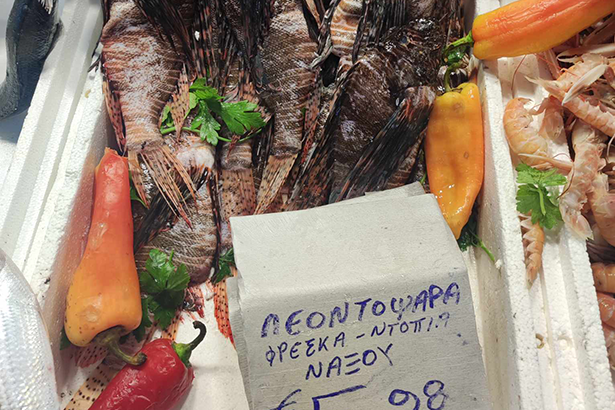
How Cyprus and Turkey have dealt with the problem
For five years, Cyprus has been receiving a fund from the EU and paying fishermen 3 euros per kilo for silver-cheeked toadfish as a compensatory measure for lost income or any damages, P. Karachle points out, speaking about the experience of other countries, adding that just last week, the Department of Fisheries and Marine Research of Cyprus announced an increase in compensation to 4.73 euros per kilo.
Similarly, in Turkey, fishermen are obliged to bring the tails of the fish and are paid a fee based on the tails.
Could silver-cheeked toadfish become Fishmeal or Botox?
At the same time, scientists are looking for solutions on how to use alien species, toxic and non-toxic, through research programs.
One of these is the Lagomeal program, funded under the EPALTH 2014-2020 program, with participating entities HCMR, Demokritos, and NAUS, which studied how to deactivate the silver-cheeked toadfish toxin and produce fishmeal for use in seabass diets.
"The project was recognized by DG-Mare as very important for its results, and there are intense discussions and negotiations to fund its continuation, and we are waiting for news," says Ioannis Negkas, Lagomeal program coordinator (HCMR Institute of Marine Biology, Biotechnology, and Aquaculture).
The Explias program (National Technical University of Athens, HCMR, University of the Aegean) extracted collagen, Omega-3s, and toxin from the silver-cheeked toadfish and examined potential uses in products. "The toxin was proposed for use similar to Botox because Botox is also a toxin. The Omega-3s for human consumption, the collagen for creams. It very cleverly extracted added value because fishmeal can make 2 euros per kilo, but Omega-3 and Botox make 500 euros per kilo. So, combined, you take these fish, extract added values, use them for human consumption, and the rest is made into fishmeal. There are many such smart processes that we want to see go into production," says I. Negkas.
Aliens... on Our Plate
However, not all alien species are toxic. The lionfish is a particularly nutritious fish, and by eating it, we help the environment, P. Karachle emphasizes. A similar approach is taken in neighboring Italy, as revealed by our research.
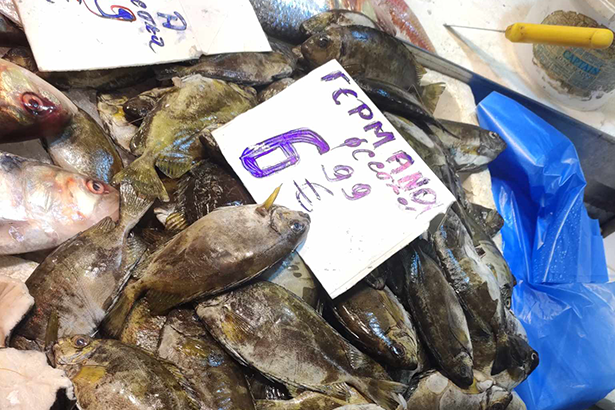
An HCMR study on the lionfish, marbled spinefoot, and Parian anchovy found that they are very rich in Omega-3 fatty acids and very good sources of protein. In collaboration with WWF-Greece and chef George Tsoulis, a campaign was launched a year ago to introduce these fish to the public and encourage their consumption.
In Rhodes and Kastellorizo, the marbled spinefoot is considered as top quality fish, as is the case in Cyprus, as merchants at the Varvakeios fish market tell us, where one can marbled spinefoot and Parian anchovy at prices not exceeding 7 euros for the spinefoot and 2 euros for the Parian anchovy. Recently, we spotted lionfish from Naxos at the Varvakeios fish market. In Crete, the marbled spinefoot is thrown away as there is no consumption, emphasize G. Tserpes and I. Androulakis, while in the markets of Crete, one can find lionfish, especially in Eastern Crete, at similar prices, as people are not yet familiar with these fish, and the lionfish requires special cleaning as its spines contain poison like the scorpionfish.
*The research was supported by Journalismfund Europe under the Earth Investigations Programme.
**Photos of lionfish and silver-cheeked toadfish fishing were provided by the Professional Fishermen's Association of Heraklion Prefecture.
***The investigation was published in Greece by Efimerida Ton Syntakton (efsyn.gr).

